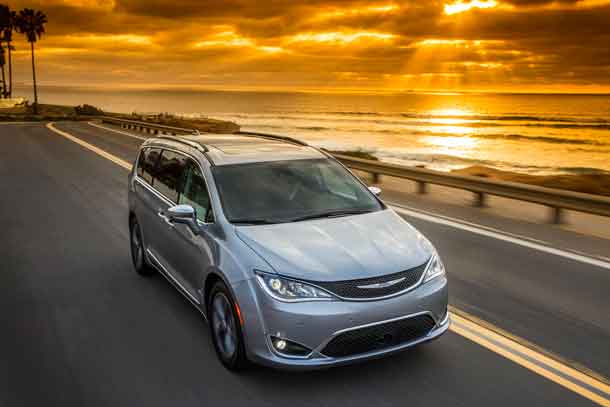
The passenger vehicle is a motor vehicle designed for transporting passengers. Its purpose is to move people from one place to another. In addition to its use for transportation, it can also serve as a form of entertainment and is popular for personal use. However, this definition is subject to changes. As of 2015, the U.S. Department of Transportation defines passenger vehicles as anything other than a motorcycle. These vehicles include buses, trains, and planes.
What is a Passenger Vehicle?
While the term “passenger vehicle” may sound complicated, the definition is simple: it refers to any vehicle that is used for transport. These vehicles are usually classified according to their type and purpose, such as commercial and private. A passenger vehicle can be both a business vehicle and a personal one, though it is usually easier to distinguish between the two. The federal definition of a passenger vehicle is the same as for a car. You can get passenger vans from European sellers at very affordable price.
As of 2006, American cars transported 3,235 million passenger miles and 4.6 billion kilometers in the EU-27, while the average car is occupied by 1.7 people. Most passenger cars manufactured in the US are domestically manufactured. Examples of such vehicles include the Mercury Milan, a Mexican-built car, and the Saab 9-7X, a Swedish vehicle. The use of passenger vehicles is a large contributor to global warming and energy security.
Category of Passenger Vehicles:
The passenger vehicle can be categorized into three types: truck, car, and van. A truck can be used for a number of purposes, including hauling people or goods. A multipurpose passenger vehicle is an automobile designed for one purpose. It can be a taxi, a shuttle, a passenger van, or a minibus. There are many types of these vehicles. Depending on the size of the driver, it can accommodate up to nine passengers.
The Capacity of Passengers in Van:
A multipurpose passenger vehicle is a motor vehicle with more than one purpose. It can be a van, a pickup truck, or a trailer. It can be a small car, but it can fit up to 10 passengers in the back. A van is also an option for transportation. These vehicles can be either small or large, depending on the manufacturer. Some types of commercial vehicles can be operated on public roads. The latter category is a type of car that has several uses.
The United States is the second-largest market for passenger vehicles in the world. There are 263.6 million registered vehicles in the country. The average vehicle age in the U.S. is increasing steadily. The average vehicle age is increasing as well. Most vehicles are now built to carry seven or more passengers, but some have a maximum capacity of nine. While SUVs aren’t meant to transport more than seven people, some SUVs are also classified as passenger cars.
A typical passenger vehicle can carry multiple occupants. In most cases, it has four or five seats. A car with five seats typically has two seats in the front and three in the back. Full-size cars can accommodate six passengers. Sport utility vehicles can accommodate up to seven people. Sports cars, on the other hand, are designed to seat only two passengers. Different types of cars have different ages, sizes, and features. A typical car can be used for a variety of purposes, and it should be safe for the driver and others.
Passenger and Commercial Vehicle:
There are two types of passenger vehicles: a passenger vehicle and a commercial vehicle. Both vehicles are designed to carry passengers, but commercial vehicles are used for business purposes. The size of a passenger vehicle determines its weight. In a crash, a commercial vehicle is more likely to cause more serious damage. In some states, these vehicles are not legal to drive. A passenger vehicle may be a taxi, but it is still a motorized vehicle.
